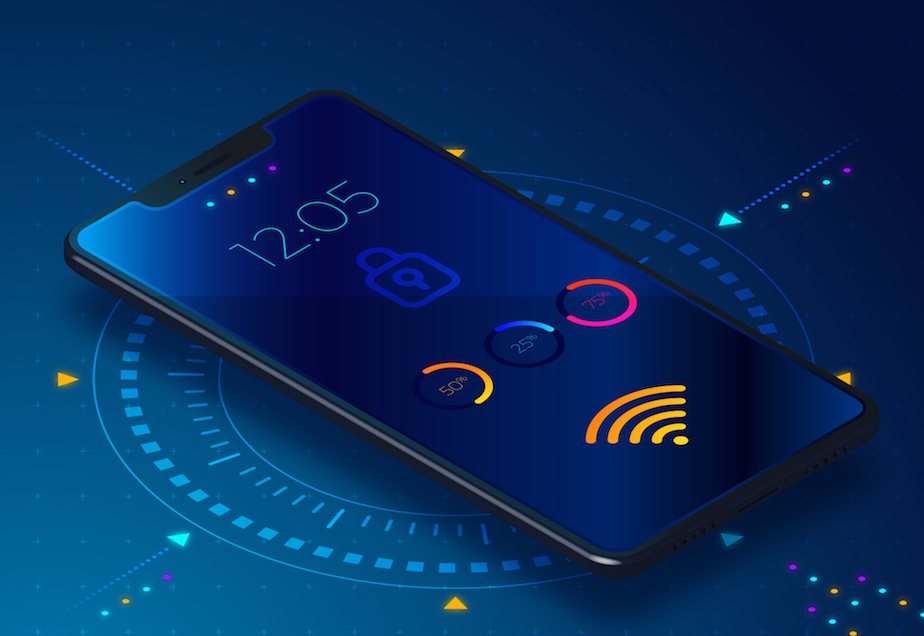Blog
Announcements, analysis and opinions on industry trends around the mobile programmatic world.

Subscribe now, and receive the latest programmatic content directly on your inbox!
Thank you for subscribing to our newsletter
Many mobile app advertisers are skeptical about attributing conversions based on impressions and they only consider clicks as valid sources of installs and post install events.
However, defining attribution rules that link conversions only to clicks and not to impressions provides only partial data and, in the worst case scenario, can have a negative impact on the accuracy of ROI measurement in advertising campaigns.
In this article we’ll explain why defining a post-view attribution window matters and give some tips around how to minimize risks that arise with the implementation of VTA in your tracking system.
Branding generates conversions too
It is interesting to see how, with the evolution of digital advertising and user-based tracking solutions, advertisers have moved branding and performance advertising into their own silos, which does not make much sense. It may be the influence of Search Engine Marketing (which one could argue is not advertising, as you do not have to convince users to use your product/service, but they are already looking for it) but “performance” advertising is expected to get an immediate result, just like search (“I want it now and I click”) whereas “branding” is not expected to even care about results that are accurately measurable. But think about this: advertisers actually showing relevant ads to users are generating a visual impact, especially if the campaign is using notorious formats such as full screen powerful images, video or even native. It is clear that it helps with branding, with all its positive effects - brand recognition, credibility, customer loyalty, etc.. - but it also contributes to more conversions in the medium-long term and it improves performance from other channels in the short run.
Let me share an example of an advertiser that ran a campaign on our platform. While I cannot share names for privacy reasons, I can tell you this brand was working with 2 partners: partner B using interstitials and video creatives and partner P using other creatives more focused on performance, such as 320x50. The attribution rules defined by our client in the MMP platform were the typical last click model with a 7 days post click window and no VTA. While partner B was getting a CPA of around $25, partner P was much more successful and reached a higher amount of purchases with a CPA of $6.5. The advertiser was very much focused on performance and decided to stop the activity of partner B and decided to move its budget to partner P. However, this is what happened when partner P was the only one running the campaign:

In the new scenario, the advertiser not only “lost” the purchases attributed to this partner in the previous month, but the trend from Partner P and the organic channel also went downwards. This clearly shows that the campaign from Partner B was helping other channels generate “conversions”, but this went unnoticed for the advertiser because his attribution system was not giving any credit to impressions.
Does this mean that brands should always dedicate part of their budgets to what is normally known as “branding”? Not necessarily. It means that lines between branding and performance are often blurred and, therefore, they should not necessarily be in silos. Advertisers should always care for and analyze the value of impressions/ads served by the different channels, regardless of whether they are considered “branding” or “performance”. Looking only at clicks will not allow them to see the whole picture.
Do you really click on ads?
Marketers that only attribute conversions based on clicks are not taking into account an important detail about display ads: a considerable percentage of users (according to some studies as high as 54%) do not click on ads because they don’t trust them. So, when these users see an ad about an app that they are interested in, they prefer to go directly to the app store rather than clicking on the creative. Add that to the fact that part of the clicks in mobile ads are non-intentional, and you can see that click based attribution can be biased and show results that do not entirely correspond to reality. And the less accurate the data is, the more difficult it will be to run a truthfully impactful campaign.
Measuring impressions helps marketers prevent fraud
The mobile ad industry is greatly affected by fraud: globally, more than 40%[1] of advertiser’s investment in mobile advertising is wasted in fraudulent schemes. Considering the amount of tricks and the creativity of fraudsters, it is practically impossible to say that any digital campaign is 100% free of fraud, no matter how protected the brand is. However, advertisers can take action to significantly reduce that possibility and make fraudsters’ life much harder.
Some of the most common types of scams have to do with clicks: click spamming or click injection, for example. Some publishers and advertising partners adopt this strategy: they find a way of executing fake or very cheap clicks that increase their chances of getting conversions attributed to them, and in many cases ads are not even seen. By forcing channels to use impression pixels from the MMP, at least they have to go through the trouble of informing every time they serve an impression (which will oblige those committing fraud to be more sophisticated). And, most importantly, by using VTA any click-based form of fraud will comparatively deliver worse “results”, and marketers are then lowering the incentive for publishers and advertising partners to generate as many clicks as possible, regardless of whether their strategy is fraudulent or not.
Risks of View Through Attribution (VAT)
Now that we have seen how important it is to have impressions into account to evaluate the real contribution of each advertising partner, we should not forget about the risks of not using view through attribution correctly.
Not all impressions create the same value to the brand. There are different factors that influence how much an impression can impact users. For example: high impact formats like full screen images and video create a higher impact than small banners like 320x50. Also, creatives impact more when they appear in the right placements and with the right frequency, rather than appearing all over the internet, too many times. Actually, finding the right spot between quantity and quality is crucial to avoid budget waste, as serving too many ads when using view through attribution may result in over estimation of impressions contribution.
Of course, if your attribution model gives too much weight to impressions, you will give an incentive to advertising channels (and some fraudsters among them) to “count” as many impressions as possible, even if an ad is not served nor viewed. That is why other forms of fraud, such as hidden ads, have surfaced… The advertiser can always be protected by using an ad-server in order to host its creatives and simply share a tag with its partners, who should not have problems accepting tags if they are doing things right.
Conclusion
Understanding the incremental contribution of each advertising channel is a difficult job. The advertisers that are ahead of the game know that attribution rules based only on clicks give a limited view of the actual scenario and can lead to inefficient decisions. Using impressions in the attribution process not only gives a more complete picture but also helps with fraud prevention. And now that we got you comfortable to consider impressions in your attribution methodology, note that finding the right attribution settings is a hard and complex task that requires lots of tests and fine tuning… measuring incrementality in this situation is key, but this topic deserves its own article.
[1] https://www.juniperresearch.com/press/press-releases/advertising-fraud-losses-to-reach-42-bn-2019
Topics: ad fraud, mobile fraud, attribution
%20(1).jpg)

